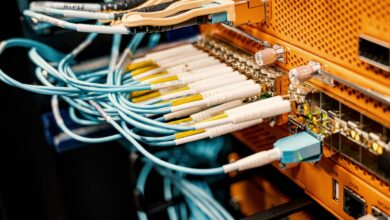5 Reasons Why Farmers Should Turn Their Eyes to Satellites

Today, innovative technologies are being intensively introduced into the practice of agricultural production. Among the main trends are precision farming technologies, cloud services for managing an agricultural enterprise, and much more.
Among other modern technologies, an important place in providing the information is occupied by technologies of remote sensing: satellite imagery and photography using unmanned aerial vehicles. Such information is a priori reliable and reflects the real picture of the state of agricultural land and vegetation. In this piece, we are going to focus on satellite farm monitoring and its benefits for farmers.
Reduced Insurance Costs
Thanks to space monitoring software, it is possible to map the field, track plants’ health, implement technological operations, and evaluate the consequences of natural hazards, such as drought, rainstorms, hail, freezing, etc., leading to the death of crops. That is to evaluate current and historic losses for crop insurance. This information helps to objectively resolve issues related to the recording of insured events and the payment of insurance compensations related to crop loss.
Effective Risk Management
The main risk in the agricultural sector is natural disasters, such as droughts, floods, pests, and diseases. History knows examples of when such natural disasters led to terrible famine. Of course, even today, we cannot compete with nature, but we can be prepared for unforeseen circumstances and adjust irrigation, fertilization, and other activities accordingly.
Special sensors installed on the satellite help to track all field processes. They take pictures in a specific spectral channel, due to which they record moisture levels changes, biomass growth changes, and more. Combined with weather data, they also help detect weather threats. According to the results of such complex analysis, the geoinformation system warns about the likelihood of certain cataclysms.
Plants Monitoring
Regular satellite imagery helps to make a qualitative assessment of the germination and ripening of the crop to identify diseases at an early stage. Based on the results of processing remote sensing data, maps of the heterogeneity of the state of crops can be drawn up, and recommendations for the differentiated application of mineral and organic fertilizers. Thanks to this, farmers can remotely control all field processes and predict yields.
Land Management
Satellite imagery creates visual land maps, determines their actual use, and identifies unused areas or areas unsuitable for agricultural use. With the help of satellite images, threats of erosion, waterlogging, and other manifestations of land degradation can be detected. Such an analysis helps to plan agricultural work at the state level.
Equipment Management
Satellites help farmers not only monitor the harvest but also evaluate the work of those who process and collect it. Tractors, combine, harvesters, and other machines are now equipped with GPS devices, with which growers can track the time of work, the area of cultivated fields, and the amount of harvested crops.
It’s no secret that modern agricultural vehicles cost almost as much as racing cars. These are real machines of the future: innovative technologies used in the design of various sensors make the work of farmers efficient and simple. Modern farm software allows for downloading vehicle data into the platform to evaluate the performed activity visually. Some even allow for connecting the app to the onboard computer for instant analysis.
Space monitoring of farmland is a necessary component of precision farming. Regular monitoring will help keep farmland in a condition suitable for agrotechnical work. Farmers can use Images taken from space in conjunction with data obtained from ground-based observations. This approach will enable them to get the most objective information on their field state.





